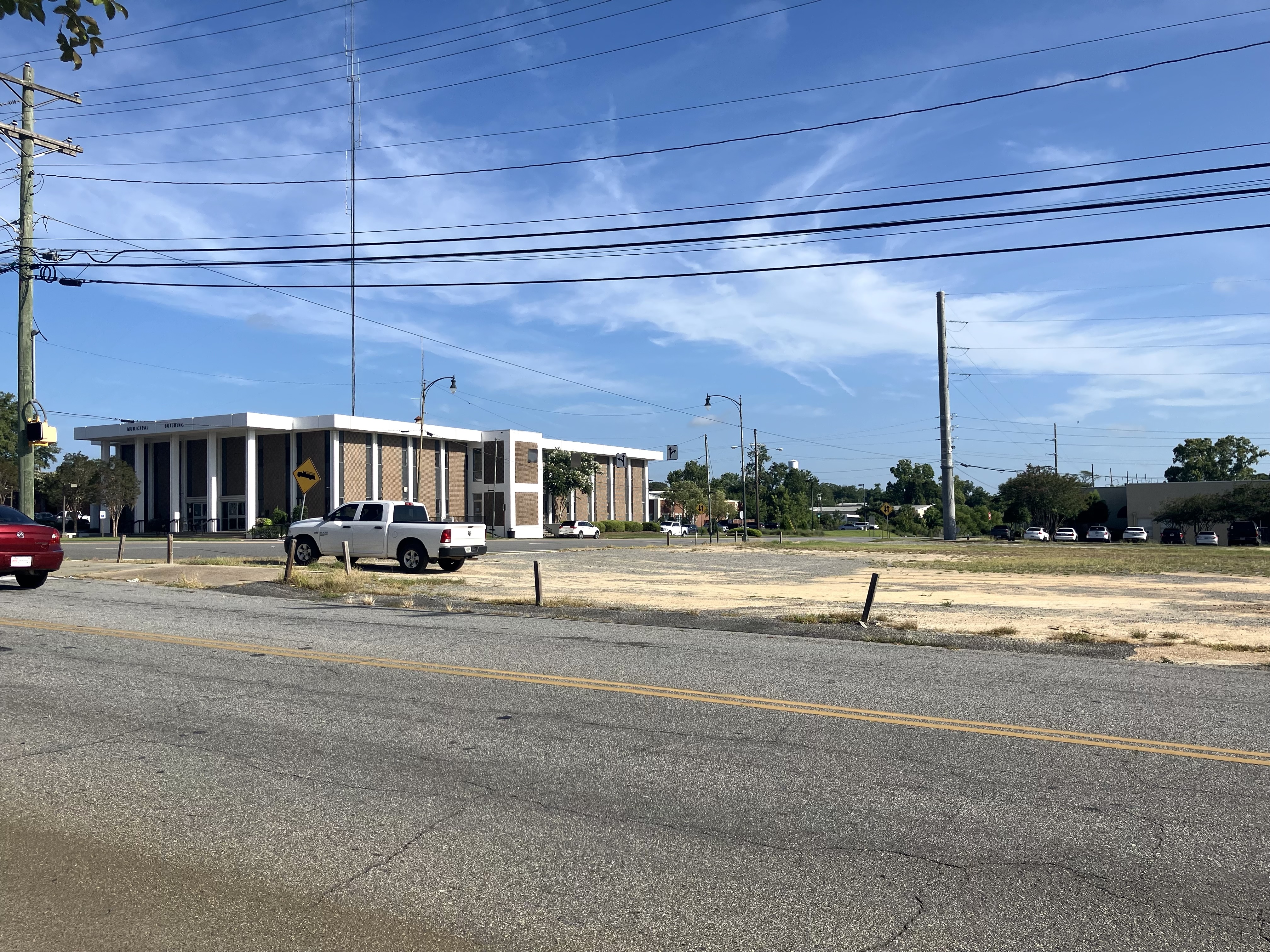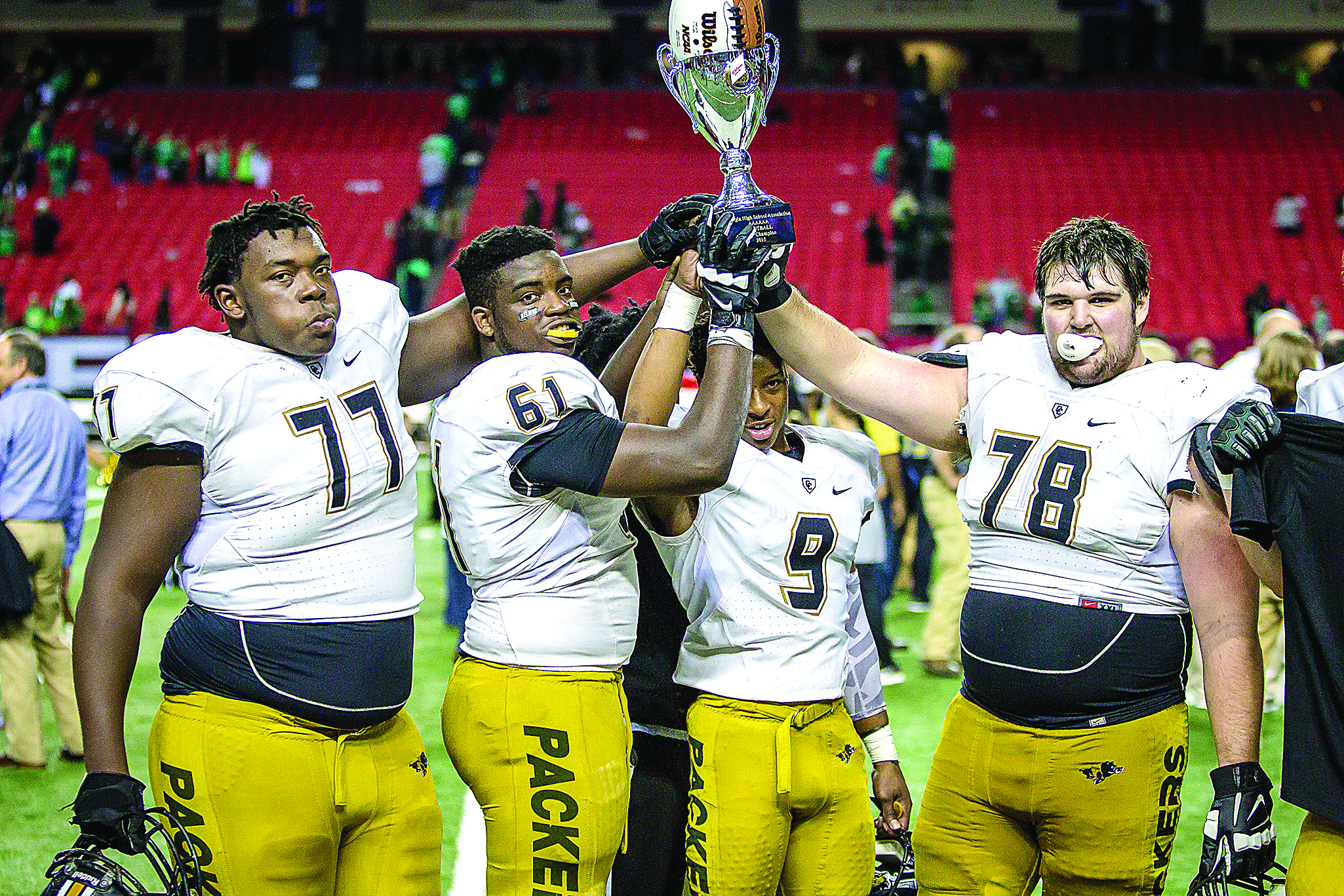In GHSA classes, differences may make the difference
Published 8:10 pm Monday, April 30, 2018
On May 22 and Nov. 6, I get a chance to vote for state and local offices.
When it comes to matters of high school sports and how things are divvied up in the Georgia High School Association, neither myself nor others in the media get a say. Perhaps that’s a good thing, because this is not an easy matter to make equitable.
Trending
That’s not exactly breaking news.
The GHSA executive director, Robin Hines, asked the executive committee to consider how many classifications there should be when the member schools are reclassified in two years. His suggestion made on April 9 is that six classes instead of seven would help schools in terms of finances and travel.
No schools may be more impacted by the number of classes than those at the very top, Colquitt County High being one of them. Bob Sphire, the second-year head coach of a fellow Region 1-7A school, Camden County High, had this to say to The Brunswick News prior to the Packers’ visit to Kingsland last October.
“Geographically, this region is not like the rest of Georgia. It’s a bad plan. It’s not equitable. If we had more big teams in the South, we wouldn’t have this situation.”
Looking things over and using the numbers for enrollments that appear in the 2017-18 GHSA Constitution and By-Laws (which were used to create the seven classifications that went into effect prior to 2016-17 and started the current four-year cycle), there could be a pair of decent regions for the bottom half of Georgia in a 6A classification – if that does become the biggest class again. Right now, as it is stated over and over, there are just four South Georgia schools in Class 7A, and they alone make up a region: Colquitt, Camden, Tift County and Lowndes. There are other schools in both southwest and middle Georgia that once shared a region with three of those institutions.
What if they formed a southwest-middle Georgia based region that featured eight members? Lowndes would have the highest enrollment (2,942) and the lowest would be Houston County (1,791). By math, that’s a difference of almost 1,200. Would, then, Houston claim it couldn’t compete with that, especially in the king of the sports calendar, football?
Trending
In the rest of this hypothetical league, Colquitt would be No. 2 in student population at 2,441. Tift’s number is 2,173.
Houston right now is Class 6A, and in its region the highest enrollment belongs to Valdosta High (2,006). The Wildcats would be in this make-believe new league, as would the two schools that played for the 6A title last December: Lee County (1,874) and Coffee High (1,854). The eighth team to round things out is Northside-WR, which is slightly above Houston in numbers at 1,807.
Again, how much would these current 6As balk at being put in a region with the four current 7As?
Let me shift over to the second hypothetical region for a new 6A class, one that would be topped in numbers by Sphire’s school, Camden County. It’s enrollment is 2,489. Once there was a day Camden was incredibly dominant and had no equals in southeast Georgia. That’s not the case anymore. Right now nobody should fear those Wildcats unless it’s on the wrestling mats or tennis courts.
In a potential six-team southeast region, the lowest enrollment of the remaining five (all right now in 6A) is Bradwell Institute in Hinesville at 1,683, a difference of 806 with Camden. Richmond Hill’s a place that’s really expanded its population over the past couple of decades to the 6A level with a number of 1,990. Effingham County, more near Augusta, is only 10 behind that. Then there’s neighbors Glynn Academy and Brunswick separated by just over 100.
Does that solve the problem? Maybe, but then you look at some of the numbers in the Atlanta area where only Lowndes would be equitable. The largest 7A school is Mill Creek High with an enrollment near 4,000. The lowest: Mountain View at 2,098. So a Bradwell or a Houston person might first think 6A being the highest isn’t that bad, then they see the Mill Creek number and some of these others and drastically reconsider:
Parkview (2,976), Norcross (3,753), Brookwood (3,476), Berkmar (2,892), North Cobb (2,854), South Forsyth (2,948), Grayson (2,850), Walton (2,710), Collins Hill (3,175), East Coweta (2,882), Meadowcreek (3,193), Lambert (2,973), North Gwinnett (2,846) and Peachtree Ridge (3,201).
It’s not all monster-sized numbers in and around the capital city. There are 18 schools in 7A that fall in the 2,100 to 2,300 range.
Traveling is always one issue, competing is always another, and sometimes only one can be soothed over at a time. Would Bradwell and Brunswick, Houston and Coffee rather play our Packers and the Camden Wildcats in region and be the ‘little brothers,’ or be the ‘big brothers’ to those in their same areas with enrollments in the 1,500s? Those would be Bainbridge, Statesboro, Thomas County-Central, Ware County, Veterans, Wayne County, Warner Robins and South Effingham, all Class 5A right now.
It’s the differences between the top and bottom of the higher classes that are so important in the discussion. The biggest Class 6A school in Georgia right now has an enrollment of 2,076; the smallest is 1,566. So you go from a 2,000 difference in 7A to around 500 in 6A.
Other areas with schools in the 6A to 5A range are Augusta neighbor Columbia County (Evans, Greenbrier, Grovetown), Gainesville and Dalton. In fact, Dalton High, a 1,900-student 6A member, has to cross two counties to Cherokee and Cobb counties for all of its region road games.
The figures get a little muddled going lower with the rules about playing up a class if you get a lot of students from outside your service area. Right now, in Class 4A, three schools out of 52 have a three-figure enrollment; in Class 3A, 25 out of 58 schools have a four-figure enrollment.
Again, these are the numbers in the 2017-18 GHSA Constitution. Doubtless several schools either mentioned or not had some kind of enrollment shift over the last two years. But there were no significant movements from one class to another going into the second half of the four-year cycle. What the scene will look like when schools turn in figures for the next cycle, who knows. Hines also asked the committee to decide whether to stick with four again or go back to two years.
One more point to make about GHSA members. Class A has 123 schools with the public and private split. If you combined 7A and 6A now, it would be 106. Or, combining 6A and 5A would make 116. What is the number for a class that makes a championship mean something, and what number waters things down?
In the end, I predict seven classes will stick.
Now comes the part where we make comparisons to other states, but I will only look at the ones we could get to from Moultrie in less than a day.
Alabama is doing a reclassification for 2018-20, and the new numbers are out. Hoover High School is No. 1, but it’s not bigger than Colquitt County … barely bigger than Tift County. Hoover is at 2,176 with Baker High in Mobile No. 2 at 2,090. Alabama’s association has seven classifications, and the bottom number in Class 7A is … not even double that of Mountain View in Georgia, 1,046. Their Class 6A goes from 1,045 to 605. The differences get narrower the further down you go.
Now, does the Florida association for high school athletics have four classes, five classes, eight classes or nine classes? Answer: Depends on what game you are playing. There are nine classes for baseball, basketball (boys and girls), softball and volleyball. When it’s football, it’s eight; when it’s soccer, it’s five; and when it’s golf, swimming, tennis and wrestling, it’s four.
Florida did a reclassification before the start of the current school year, and it’s a two-year cycle with next year being the second one. Their site didn’t say which school it was, but the suggestion is that the highest enrollment is 4,492, and just in football, 8A’s lowest number was 2,332. The differences were roughly 400 from there.





